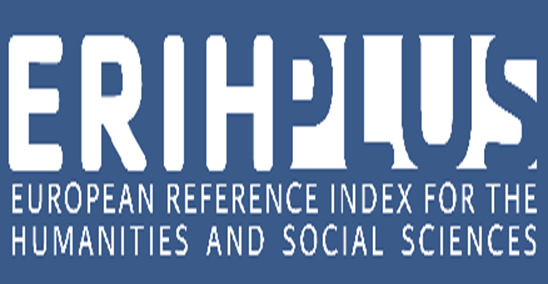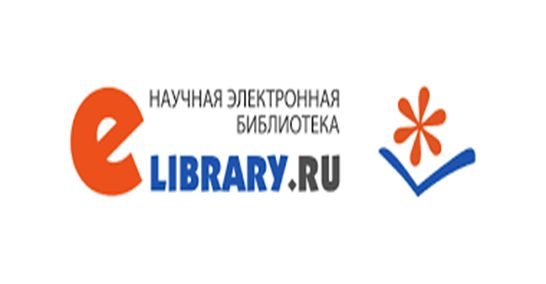Al-Omari’s information on the historical geography of the Golden Horde
Views: 398 / PDF downloads: 161
DOI:
https://doi.org/10.32523/2664-5157-2024-3-51-68Keywords:
Golden Horde, Al-Omari, historical geography, toponymy, economic geography, Sarai, Turan, Ark Tag, TinibekAbstract
The written information by the Arab historian al-Omari, due to its authenticity, is a highly valuable source for the history of the Golden Horde.
As new archaeological and historical data about the Golden Horde emerge, there is a need to
critically reassess classical sources and analyze them in light of modern research. The article examines Al-Omari’s data within the framework of recent research on the historical geography of the Golden Horde, including its borders, medieval cities’ topography, urban growth dynamics, historical toponymy, and economic geography. The Ark Tag/Uruktag oronym, mentioned by al-Omari, is considered to be the Turkic name of the Ural Mountains. Additionally, al-Omari’s information regarding the economic geography of the Golden Horde is viewed as reflecting the regularities in the organization of nomadic pastoralism, migration routes, caravan paths of the nomads, as well as the ecological nature of the
organization of the nomadic husbandry. In the article, historical-comparative methods are employed, along with new modern methodologies. Among these is the method of logical positivism, enabling new conclusions about the state, political and administrative structure of the Golden Horde, as well as the nature of nomadic pastoralism and the lifestyle of that era’s people.
Downloads
Reference
Алтын Орда әдебиеті: генезис, жанрлық ерекшелік, дәстүр жалғастығы, 2022. Алматы: Evo Press. 320 б.
Владимиров Г.Г., 2010. Об одном сведении Эль-Омари относительно болгар и его возможные интерпретации // Золотоордынская цивилизация: Сборник статей. Выпуск 3. Казань: Изд. «Фэн» АН РТ. С. 69-73.
Гончаров Е.Ю., 2000. Старый и Новый Сарай – столица Золотой Орды (новый взгляд на известные источники) // Степи Европы в эпоху средневековья: сб. науч. ст. / Гл. ред. А.В. Евглевский Т.1. Донецк: ДонГУ. С. 345-349.
Ильясовa З.С., Айгумусовa А.Т., 2018. Сопостaвительный aнaлиз сведений о Дешт-и Кыпчaк aл-Умaри и aл-Кaлкaшaнди // Вестник КазНУ. Серия востоковедения. №2 (85). С. 60-66.
История Казахстана в арабских источниках, 2005. Сборник материалов, относящихся к истории Золотой Орды. Извлечения из арабских сочинений, собранные В.Г. Тизенгаузеном (Переработанное и дополненное издание) Подготовка к новому изданию, введение, дополнения и комментарии Б.Е. Кумекова, А.М. Муминова. Т. І. Алматы: Дайк-Пресс. 709 с.
Картаева Т., 2022. Сыр-Арал этнографиясы. Алматы: Қазақ. Кітабы. 512 б.
Лавшина И.Ю., 2019. Проблема правления Тинибека // Генуэзская Газария и Золотая Орда. Т.2: В памяти Г.А. Федорова-Давыдова / Под редакцией С. Г. Бочарова и А. Г. Ситдикова Казань Кишинев. С. 547-550.
Маргулан А.Х., 1949. Древние караванные пути через Бетпак дала // Вестник АН КазССР. №1. С. 68-78.
Масанов Н.Э., 2011. Кочевая цивилизация казахов: основы жинедеятельности номадного общества. Изд. 2-е, дополненное. / Сост. Л.Е. Масанова, И.В. Ерофеева. Алматы: Print-S. 740 с.
Мурзаев Э.М., 1984. Словарь народных географических терминов. Москва. Мысль. 653 с.
Напольских В.В., 2006. Вятка, Джулман, Югра и Сибирь в арабском источнике в первой половине XIV в. // Вопросы ономастики. № 3. С. 65-75.
Тизенгаузен В., 1884. Сборник материалов, относящихся к истории Золотой Орды, извлечения из арабских источников. Т.1. СПб. 564 с.
Ускенбай К.З., 2013. Восточный Дашт-и Кыпчак в XIII – начале XV века. Проблемы этнополитической истории Улуса Джучи. Казань: Изд-во «Фэн» АН РТ. 288 с.
Яворская Л.В., 2017. Домашние животные в быту и экономической системе Золотой Орды: письменные свидетельства и археозоологические реалии // III международный конгресс средневековой археологии евразийских степей «Между Востоком и Западом: движение культур, технологий и империй» / Отв. ред. Н.Н. Крадин, А.Г. Ситдиков. Владивосток: Дальнаука. С. 313-318.
Al-ʿUmarī, 1971. Shihāb ad-Dīn Aḥmad ibn Faḍl Allāh al-ʿUmarī. Masālik al-abṣār fī mamālik al amṣār. Dar al-kutub al-ilmiyah. Est. By Muhammed Ali Baydoun. Beirut-Lebanon. V. 3. 414 p.
Al-ʿUmarī, 1992. Shihāb ad-Dīn Aḥmad ibn Faḍl Allāh al-ʿUmarī. at-Taʾrīf bi-al-muṣṭalaḥ ash-sharīf. Samir ad-Darubi. Al-Karak. Zami‘a Mu’ta. 425 p.
Hiroyuki Nagamine, 2024. Where Was Sarai, the “Capital” of the Jochid Ulus? Some Perspectives for Research on Sarai // Crossroads. Brill. 2024. P. 1-33. DOI: https://doi.org/10.1163/26662523-bja10019
Кlaus Lech, 1968. Das Mongolische Weltreich: al-Umari-s Darstelling der mongolischen Reiche in seinem Werk Masalik al-absar wa mamalik al-amsar. Wiesbaden. 641 p.


























